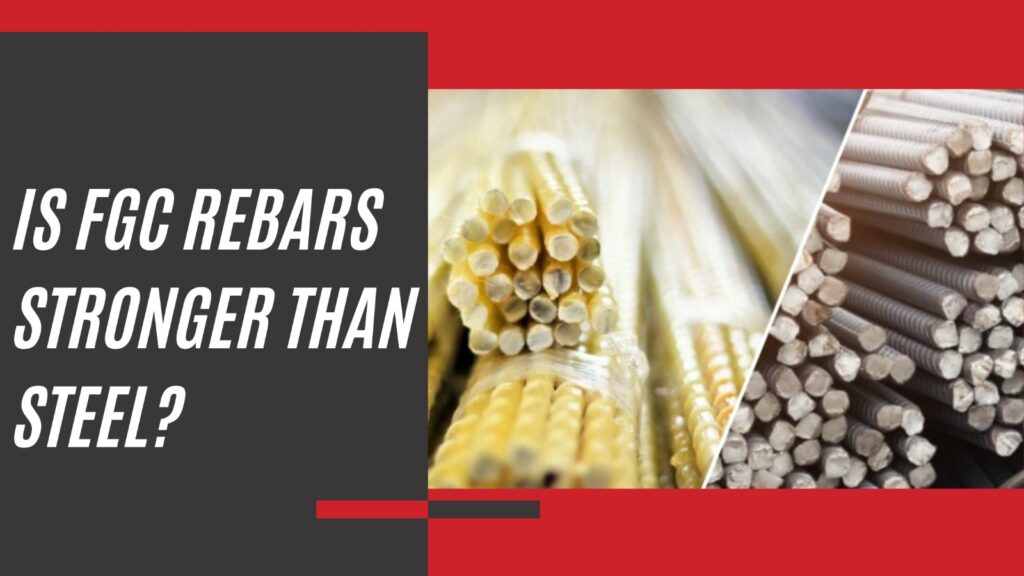When it comes to construction, every penny counts. Builders and engineers are constantly on the lookout for materials that offer both durability and affordability. In recent years, fiberglass rebar has emerged as a promising alternative to traditional steel reinforcement. But is it more expensive? Let’s dive into the details.
Understanding Steel Rebar:
Steel rebar has been the go-to choice for reinforcing concrete structures for decades. It’s strong, reliable, and readily available. However, steel comes with its drawbacks. It’s prone to corrosion, especially in harsh environments where moisture ,lots of water and chemicals are present. This corrosion can compromise the integrity of the structure over time, leading to costly repairs and maintenance.
Enter Fiberglass Rebar:
Fiberglass Composites rebar, also known as GFRP (Glass Fiber Reinforced Polymer) rebar, offers a solution to the corrosion problem. Made from high-strength glass fibers embedded in a polymer resin matrix, fiberglass rebar is immune to rust and corrosion. This makes it ideal for use in marine environments, chemical plants, and other corrosive settings.
The Cost Factor:
Now, let’s talk about the bottom line: cost. At first glance, fiberglass rebar may seem more expensive than steel. The upfront cost of fiberglass rebar can be higher than that of steel rebar. However, when you factor in the total cost of ownership, including installation, maintenance, and lifecycle expenses, the picture starts to change.
Installation Savings:
Fiberglass rebar really stands out when it comes to installation. It’s significantly lighter than steel, making it easier to transport, handle, and install. This can lead to savings in labor costs and construction time, especially for large-scale projects where efficiency is crucial.
Long-Term Savings:
The real cost savings with fiberglass rebar come over time. Because fiberglass rebar doesn’t rust, it doesn’t demand the same level of maintenance and repair as steel. This means fewer headaches and expenses down the road, resulting in significant long-term savings for project owners.
Conclusion:
In conclusion, while fiberglass rebar may have a higher upfront cost than steel, its long-term savings potential, ease of installation, and durability make it a cost-effective choice for many construction projects. By weighing the pros and cons of each option and considering the specific needs of your project, you can make an informed decision that maximizes value and minimizes costs in the long run.




